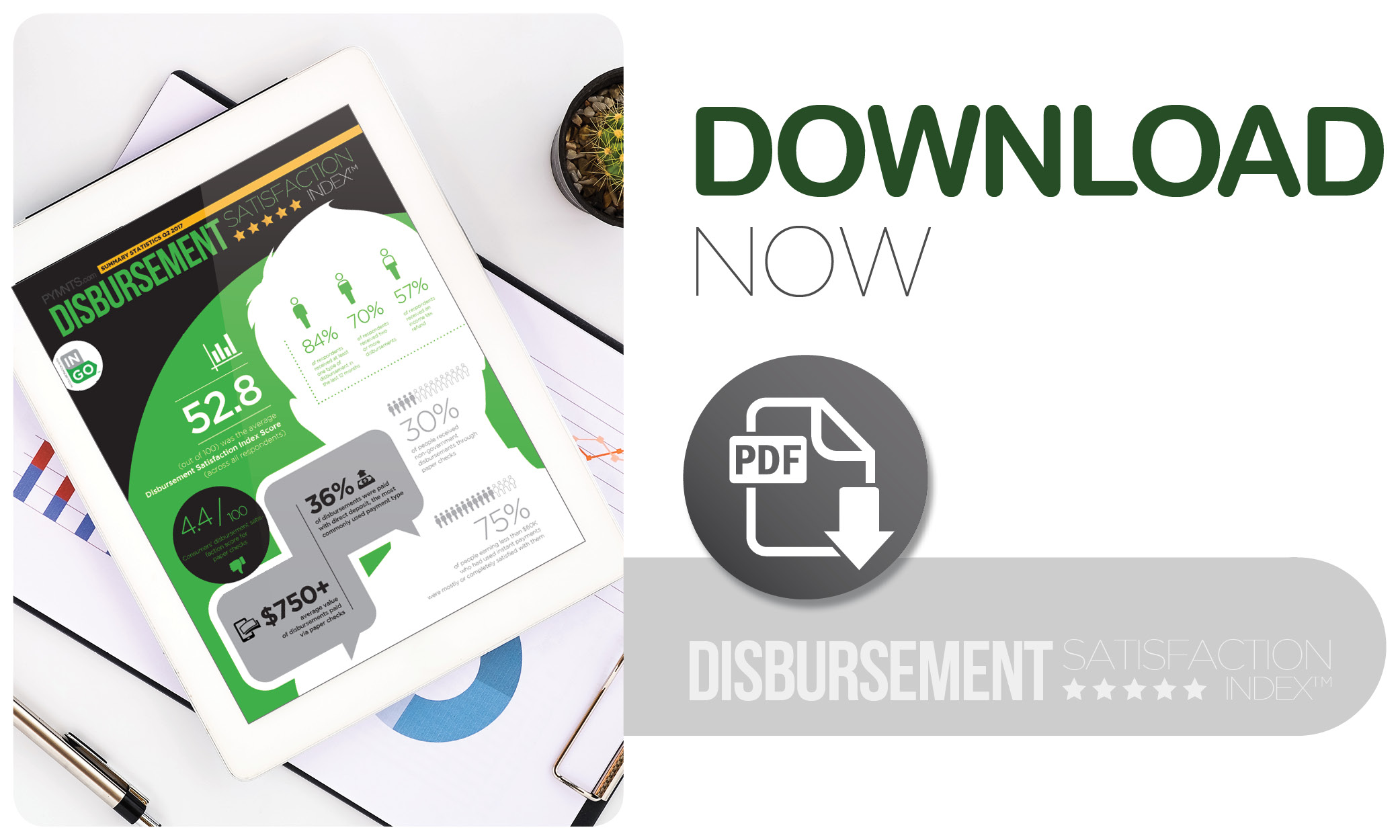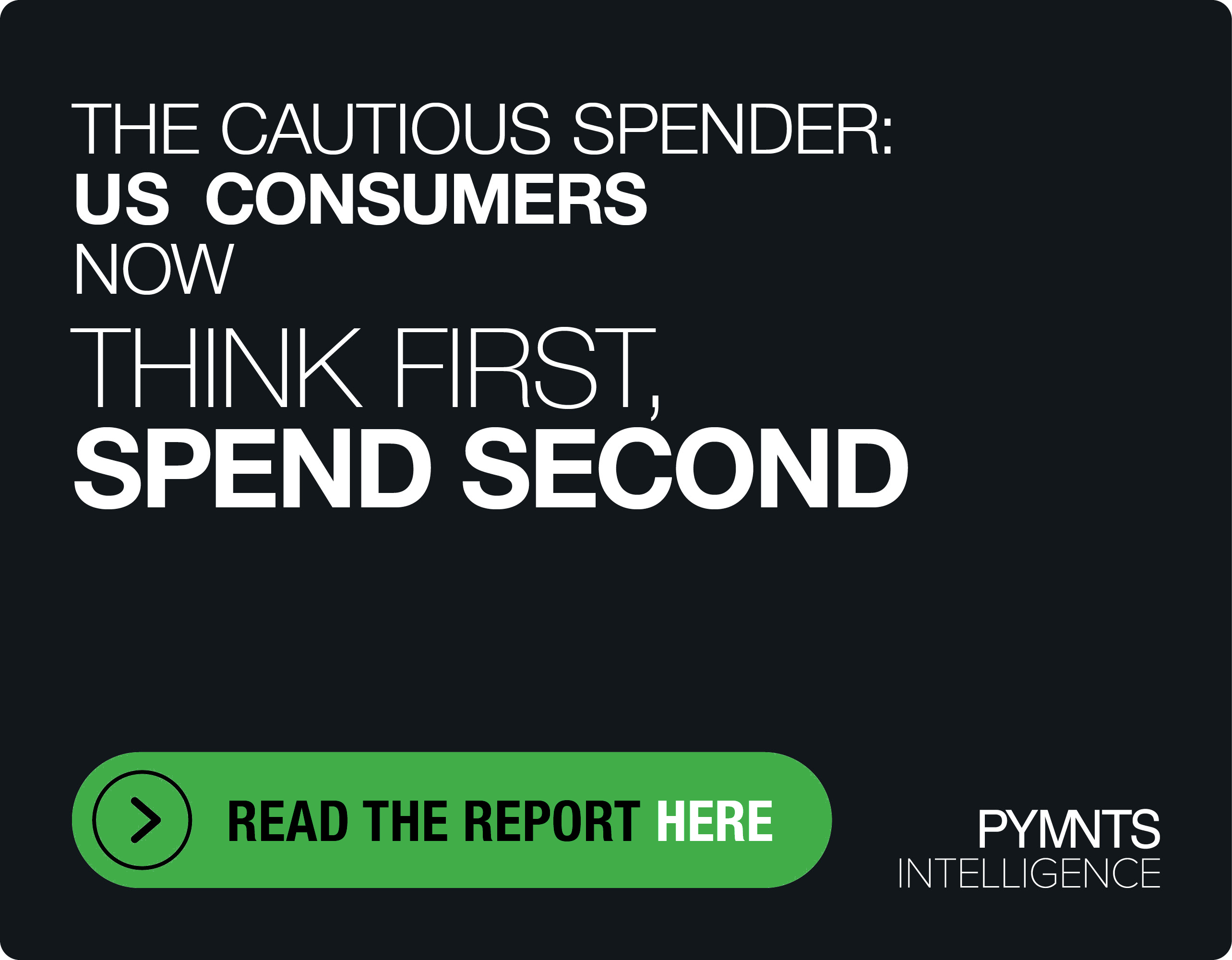Have We Reached The Push Payments Inflection Point?
Living paycheck to paycheck isn’t just for gig workers like Uber drivers and landscapers. It’s the way many, many average Americans live their lives, from policemen and firemen to educators. And it can be even tougher if they’re waiting for a literal, paper paycheck.
When life throws a curveball, these people may not have anything to fall back on; instead, they may need to turn to friends and family for a quick loan or a lending product if all their friends and family members are also living paycheck to paycheck.
What they definitely can’t afford to do is wait until the next slip of paper hits their mailbox in two weeks or 30 days — and why in the world should they? Instant payments are now possible. There’s absolutely no reason it should take 30 days to receive money for the job they worked today.
Yet surprisingly, direct deposit is not as ubiquitous as people think. Not every employer offers it, and not every employee wants it. There are still 22 billion checks in the U.S.
Surprised? Most people are, said Drew Edwards, CEO of Ingo Money. Most people have no idea where their checkbook is or when they last needed it. But they’re looking at it from the wrong angle, said Edwards.
Those 22 billion checks aren’t coming from consumers; they’re coming from companies, lenders, the government and other sources — and consumers really, really don’t want them. In a recent disbursements consumer satisfaction survey, 97 percent of consumers told PYMNTS they don’t like how they’re being paid.
The good news is, the technology to change that already exists. In fact, Edwards said the problem likely could have been solved a long time ago. Sometimes, it’s just a matter of waiting for the perfect storm of market conditions. Now, with an upcoming generation whose demands are even steeper than the last one, Edwards believes the right place and time for change are right here and right now.
What Are Checks Still Doing Here, Anyway?
Only about 20 to 30 percent of the checks cashed in the U.S. are from payroll, said Edwards. Direct deposit has definitely taken a big bite out of payroll disbursements.
The other 70 percent of checks are disbursements for child support, tax refunds, sweepstakes, loan proceeds, insurance claims, rebates, corporate reimbursements for business expenses, settlement of merchant payments for SMBs and the occasional Christmas check from grandma.
Edwards said there are a few reasons why checks still get used for these types of payments. First, there’s no dollar limit on how much money can be disbursed by paper check. Conversely, many electronic transfer methods have size limits.
However, Edwards doesn’t think that’s the real reason checks have stubbornly persisted. A paper check is quite simply an easier way to disburse a one-time payment to an individual with whom the organization has no direct relationship. Without that relationship, explained Edwards, how would the organization set up direct deposit or ACH?
A direct deposit is generally a recurring payment, such as a payroll disbursement. The consumer takes the time to set up that process by entering account and routing information up front.
That’s hassle enough, but at least they only have to do it once — imagine having to set that up for each of the above scenarios. Say you’re traveling for business, someone backs into your car, you win the lottery and you pay taxes all in the same year — that’s four times you’ll have to set up direct deposit if you ever want to see that business reimbursement, insurance check, lottery money or tax return.
A Hypothetical Hassle
Recently, a power outage at the Atlanta airport grounded 920 Delta flights in a single day. (Other airlines were also affected, but to keep the math simple, let’s just look at Delta.)
An average flight seats around 120 passengers, so, all told, there were suddenly about 108,000 unhappy customers roaming the airport with mobile phones in hand, trying to make a decision about what to do now: Should they call a cab? Book a hotel room? Buy dinner for the family?
Whichever they choose to do first, at the end of the day, it’s going to cost them a couple hundred extra dollars beyond what they’d planned to spend on visiting grandma for the holidays. For some, that unexpected expenditure may be easy to absorb. For most, it’s a hard pill to swallow. And for many, it’s simply not possible, because they’re still waiting for that paycheck from the work they did 29 days ago.
“That’s a budget buster for somebody that’s living paycheck to paycheck,” Edwards said.
Sure, Delta and other airlines will send a voucher later, but that passenger needs the money now. He needs to eat something. He needs to sleep somewhere.
The voucher isn’t a great solution from Delta’s side of things, either. Say the airline sends a $200 voucher to every customer who was inconvenienced by the power outage. Some of those customers may have only needed $125 to weather the inconvenience, so Delta loses $75 on that person.
Others will inevitably put the slip of paper through the wash in the back pocket of their jeans, or otherwise lose or destroy it — but the amount doesn’t wash out of Delta’s books so easily. The airline has to keep that liability on the books for a certain length of time and follow certain regulations to reclaim the money, which Edwards noted can be a costly process.
What Could Have Been
There’s already an answer to this situation, although the Atlanta airport was not deploying it at the time (maybe now it’ll start!).
The market, said Edwards, now has a push payment capability, which can reverse the flow of a debit or credit transaction and push money to a recipient, creating the potential for on-demand money.
If a push payment solution had been in place at the Atlanta airport, customers could have received a text message stating that the airline was sorry for the inconvenience and would be compensating up to $200 in extra expenses. Then, if the customer went to, say, Popeye’s in the airport for dinner, he could have had the exact amount pushed back into his account instantly, the moment he swiped or dipped his card to pay.
In that instance, said Edwards, the airline isn’t just replacing a check; it’s replacing a paper voucher with instant and automatic value, and it’s replacing a negative customer experience with something better.
“It satisfies the traveler and saves the airline money,” Edwards said, because now the airline is giving the consumer only the amount he needs, at the time when he needs it — and not retaining old liabilities on the books while the dregs of paper vouchers swirl at the bottoms of washing machines.
Why Change Now?
Big companies never change easily, said Edwards. It takes a macroeconomic force to break the industry giant inertia.
He believes that force has arrived two-fold, as FinTech innovators push things around in the payments industry and as consumer expectations grow into demands, forcing the old contingent to think in a new way.
“Fast isn’t good enough. ‘Fast funds’ was last year’s terminology,” Edwards said. “Now, it’s ‘instant money.’ Marketplace demand is going to be what finally kills the check.”
To download the Disbursement Satisfaction Index, a PYMNTS and Ingo Money collaboration, click the button below.
About the Index
The Disbursement Satisfaction Index, a PYMNTS and Ingo Money collaboration, is designed to help measure consumer satisfaction with various disbursement methods, including paper checks, instant credit, non-instant credit and direct deposits. The Index offers a microscopic look at the state of consumers’ satisfaction with how they receive disbursements.

